Wehrwolf
In December 1941, the construction of Führerhauptquartier (FHQ) Wehrwolf (sometimes spelling Werwolf occurs) began, about ten kilometres north of Vinnitsa. When it was completed in July 1942, it consisted of 20 barracks, three bunkers and a number of underground tunnels. Everything was well protected by dense forest to avoid detection from above. Among the barracks were casino, tea house, hair salon, sauna, cinema, guest room, private room and military conference room. There were also small swimming pool built for Hitler, which he never used. Wehrwolf was, together with Wolfschanze, the other FHQ Hitler had built on the eastern front actually used by Hitler during the war. But Wehrwolf was considerably smaller than Wolfschanze and Hitler spent in comparison much less time in Wehrwolf.
In connection with the German offensive in Caucasus in the summer 1942, Hitler wanted to be closer to the front. He arrived at Wehrwolf on July 16 1942 and returned to Wolfsschanze on October 30, 1942. During this stay, Hitler suffered from a severe flu and had a fever of about 40 degrees. It was also extremely hot during summer time. He returned a second time between February 19, and March 13, 1943, and a third time between August 27 and September 15, 1943. In December 1943, the germans began to destroy Wehrwolf and when the Soviet red army arrived in March 1944, the site was more or less destroyed with nothing valuable left.
In connection with the German offensive in Caucasus in the summer 1942, Hitler wanted to be closer to the front. He arrived at Wehrwolf on July 16 1942 and returned to Wolfsschanze on October 30, 1942. During this stay, Hitler suffered from a severe flu and had a fever of about 40 degrees. It was also extremely hot during summer time. He returned a second time between February 19, and March 13, 1943, and a third time between August 27 and September 15, 1943. In December 1943, the germans began to destroy Wehrwolf and when the Soviet red army arrived in March 1944, the site was more or less destroyed with nothing valuable left.
Current status: Demolished with museum (2019).
Location: 49° 18' 30 N 28° 29' 36 E
Get there: Car.
Follow up in books: Seidler, Franz W. & Zeigert, Dieter: Hitler’s secret headquarters (2004).
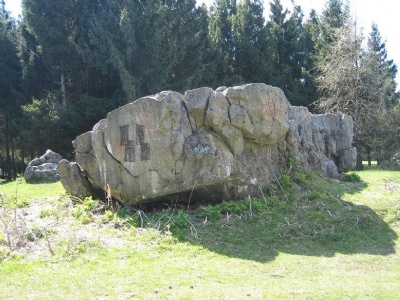
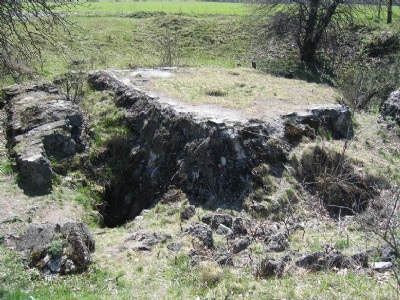
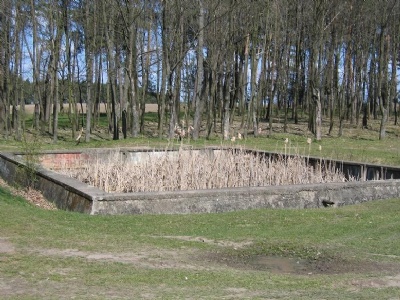
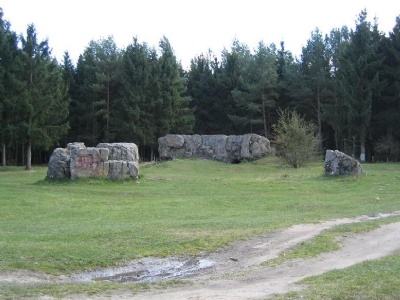
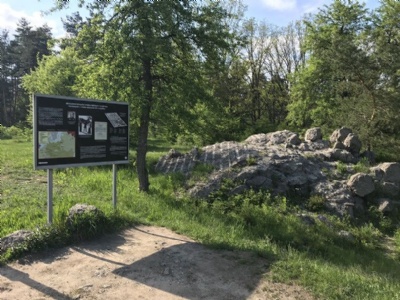


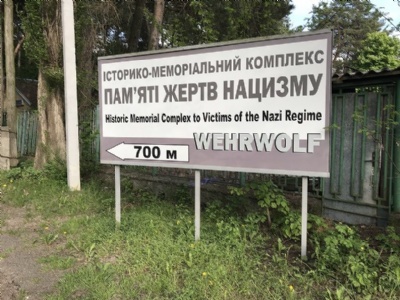
When I visited Wehrwolf in spring 2007, it was not a museum but more of a hiking area with no information whatsoever about the site. But since 2011 there is a museum, Historical Memorial Complex to the Victims of the Nazi Regime. I guess it was a prerequisite for getting money for the museum that it included more than just Wehrwolf. The museum has a local starting point and provides a historical overview of the region around Vinnitsa during the German occupation between 1941 and 1944.
Around the area are information boards (english text) that not only informs what purpose that particular ruin/bunker had, but also other things linked to the occupation. The ruins and information boards are linked together with paths that make the area easy to visit. It is a moderate trial and at the museum there is a detailed and interesting model of Wehrwolf. Unlike Wolfschanze in Poland, there are no bunkers that you can enter. On the other hand, Wehrwolf is not a tourist attraction in the same sense as Wolfschanze, where the historical significance of the place has given way to the forces of commercialism. At Wehrwolf, I feel that there is room for education in a way not possible At Wolfschanze.